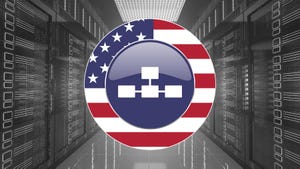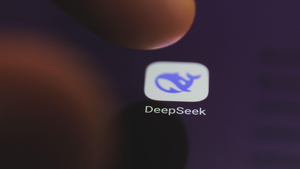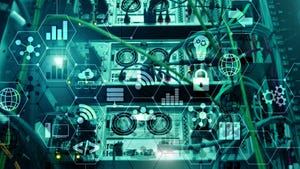The Hidden Hurdles of Data Center Observability and How to Overcome ThemThe Hidden Hurdles of Data Center Observability and How to Overcome Them
Data center observability presents unique challenges compared to other environments. Learn how to navigate these hurdles and enhance your operations.

There has been plenty of talk in recent years about observability – which, if you believe the hype, has overtaken conventional monitoring as the go-to solution for managing the performance of modern IT environments.
However, while most of the conversation has focused on observability in other contexts, like cloud environments, relatively little has been said about observability for data centers in particular.
That’s a shame because data center observability is unique in many ways. And although modern observability approaches can help improve data center operations, some observability tools and strategies that work for other systems may not always be adequate for data centers.
What is Data Center Observability?
Observability is the use of external outputs to infer the internal state of a complex system. That, at least, is the definition of observability that has become trendy in the tech industry in recent years.
However, observability as a concept has a much longer history that stretches back to the early 1960s and did not originally involve IT systems in any way.
But starting about five years ago, various tech thought leaders and vendors began endorsing the idea that today’s software architectures, environments, and infrastructure have become so complex that traditional monitoring techniques aren’t sufficient to support them. They argued that we needed new tools and techniques rooted in the concept of observability, rather than mere monitoring.
Exactly how observability differs from monitoring is a complex question that folks have answered in different ways. In general, however, it boils down to the idea that instead of just collecting logs and metrics from individual applications or services (which is what monitoring entails), observability correlates complex sets of data from across the various components of a complex system to create actionable insights about the health and performance of the overall system.
I tend to think that, in practice, the difference between monitoring and observability is still a little murky. But I’m not here to debate whether observability is actually fundamentally different from monitoring, or if it’s just a new buzzword that application performance monitoring vendors have pushed to sell their solutions. For the purposes of this article, let’s assume that observability is a legitimate approach that requires different tools and techniques from conventional monitoring.
Observability Challenges in the Data Center
In a public cloud environment, observability usually amounts to deploying tools that can collect various logs, metrics and traces, then analyzing them in tandem to identify performance issues.
In a data center, however, observability is not so simple or straightforward. Data center observability is extra challenging for several reasons:
There’s more to observe: In a data center, you have to track not just virtual infrastructure and applications, but also physical infrastructure. This means you have substantially more data to collect and correlate.
Observability data is not always accessible: Logs from physical equipment like network switches or HVAC systems are not always simple to collect using standard observability software – which is instead designed to collect data from conventional applications or servers.
Performance issues may span data centers: Sometimes, you might run into problems (like high latency when moving data between two facilities) that are not unique to one data center. For this reason, effective data center observability requires the ability to collect and correlate data from across multiple sites.
Data centers have multiple observability priorities: The main purpose of observability in general is to manage workload performance. But in a data center, you might face additional mandates for observability, such as tracking power consumption or water usage.
Simply put, data center observability is tougher than generic observability because in a data center, there’s more to observe, more observability goals to pursue, and more that can go wrong when trying to manage complex systems.
Read more of the latest data center comment and opinion articles
Overcoming the Challenges of Data Center Observability
There’s no easy way to work around these challenges. To date, few observability software vendors have built solutions that cater to the observability needs of data centers in particular, so implementing an effective observability strategy for a data center is likely to require a fair amount of manual effort. You can’t just buy a tool to solve your problems.
You can, however, systematically identify all the systems and data sources that will drive your data center observability strategy, and then implement tools that track and correlate them. This will take time and effort but it will enhance your ability to detect performance issues in your data center and identify the root cause quickly.
Keeping A Close Eye on the Observability Sector
Data center observability hasn’t received the attention it ideally would from either observability software vendors or technology thought leaders interested in helping businesses move beyond traditional monitoring.
Nonetheless, data center operators who want to understand what’s happening across all of the layers of their hardware and software environments should embrace observability strategies as a means of modernizing their approach to managing data center performance and availability.
Data center observability is not an easy practice, but it’s an important one – and it will grow even more critical as data centers become increasingly complex.
About the Author
You May Also Like








